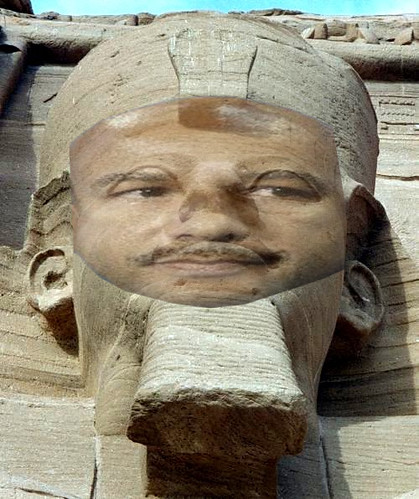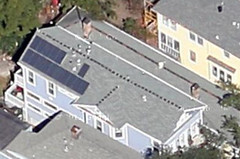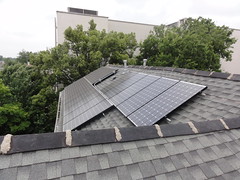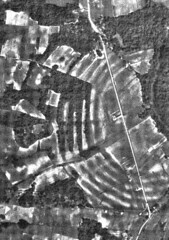
On the grounds each of these giant concentric ridges formed a settlement ridge. They are hard to see on the ground, and have been reduced due to erosion and agriculatural plowing. Here is what one ridge looks like from the ground:
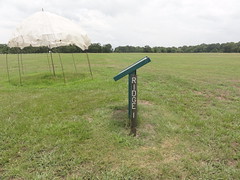
There are also several giant earthen mounds nearby. This one, Mound A, is said to be in the shape of a giant bird facing north. Here are the steps up one of its massive wings:
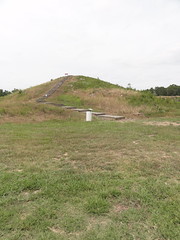
One of the biggest of many questions I have is how could so many hunter gatherers live in one location, as I thought hunter gatherer societies lived in small groups?
After the visit, we set up our tent at Poverty Point State Park and then I slept very little.
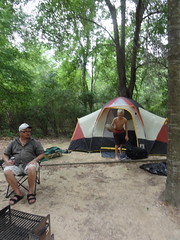
Glad to be back home.
